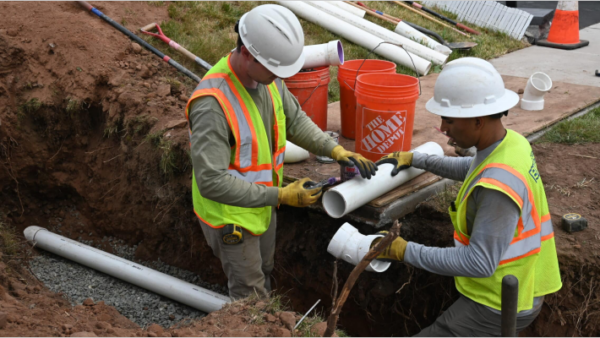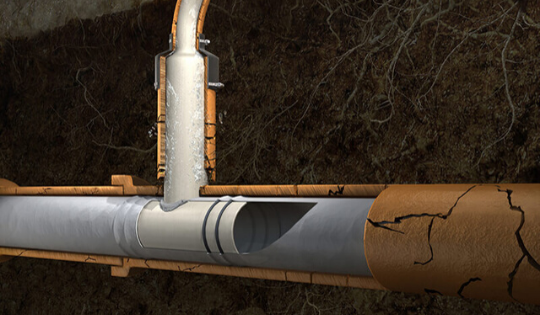Replacing a sewer line under a house is a complex and challenging project that typically requires professional expertise due to the potential for health hazards, safety concerns, and local building codes. It's essential to consult with a sewer line contractor who specializes in sewer line replacement to ensure the job is done correctly and safely. However, here's a general overview of the steps involved in replacing a sewer line under a house:
Sewer Line Replacement Overview
1. Assessment and Permits:
Hire a professional plumber or contractor to assess the extent of the damage or deterioration in your existing sewer line.
Obtain any necessary permits from your local building department. They will often require plans and inspections.
2. Locate the Sewer Line:
Use specialized equipment like video cameras or pipe locators to determine the exact location and depth of the sewer line.
3. Prepare the Work Area:
Clear any obstacles from the area around the sewer line, including removing any landscaping, concrete, or flooring as needed.
4. Safeguard Utilities:
Ensure that gas, water, and electrical lines are located, marked, and turned off before digging to prevent accidents.
5. Excavation:
Dig trenches along the path of the existing sewer line, taking care not to damage other utilities or structures. The depth of the trench will depend on your local building codes and the depth of your existing sewer line.
6. Remove the Old Pipe:
Carefully remove the old sewer pipe from the trench. This may involve cutting the pipe and pulling it out in sections.
7. Install the New Pipe:
Install the new sewer pipe in the trench. Ensure that it has the proper slope for wastewater flow, typically around 1/4 inch per foot of pipe.
8. Connect and Seal Joints:
Use appropriate connectors and sealants to securely connect the new pipe sections, ensuring there are no leaks.
9. Backfill and Compact:
Fill the trench with soil, compacting it in layers to prevent settling. Follow local regulations for proper backfill materials and compaction methods.
10. Inspect and Test:
Have a building inspector check the installation to ensure it complies with local codes.
Pressure test the new sewer line to check for leaks.
11. Restore the Area:
Replace any landscaping, concrete, or flooring that was removed during the excavation process.
12. Cleanup:
Properly dispose of any debris, and clean the work area thoroughly.
13. Reconnect Utilities:
Reconnect any utilities that were temporarily disconnected during the project.
Remember that a sewer line replacement can be a messy and expensive undertaking, so it's crucial to hire experienced sewer line replacement professionals who can do the job correctly. Additionally, be prepared for some disruption to your daily routine, as this type of project can take a few hours to a few days to complete depending on weather conditions. Our team always follows local regulations and safety guidelines to ensure a safe and compliant sewer line replacement. To speak to our team regarding a sewer line replacement under the house service, please contact us at (201) 581-3740 or fill out our contact form.
Are you experiencing sewer issues in New Jersey and need a sewer line repair and replacement specialist to provide you with a service or second opinion?
Contact BRUTE Contracting and you will be greeted by our owners, Daniel Radici or Uri Bussi. Daniel or Uri will listen to your sewer issues and provide you with the best option regarding your current situation and a free estimate for your sewer line replacement service.
If you qualify, you will be provided with a free sewer camera inspection so our team can assess the condition of the sewer line and provide you with an in-depth proposal regarding the scope of work and costs required to repair or replace the sewer line.





